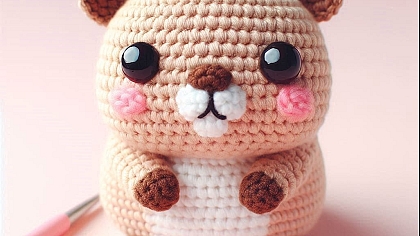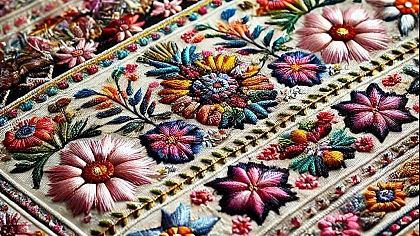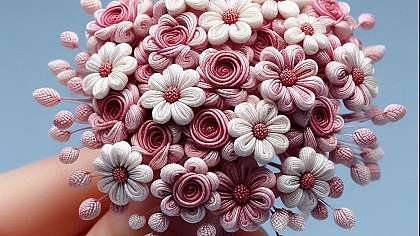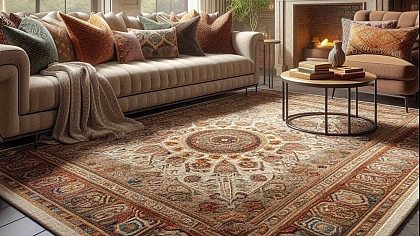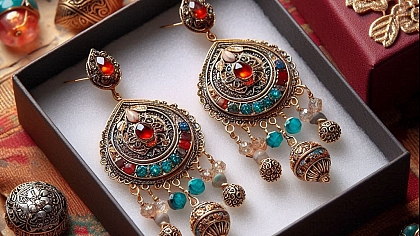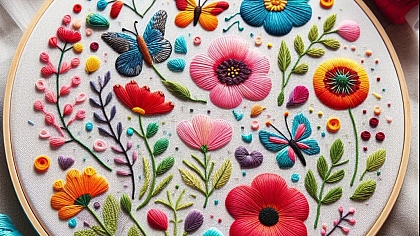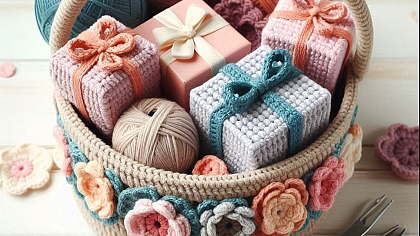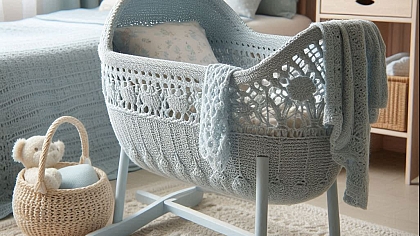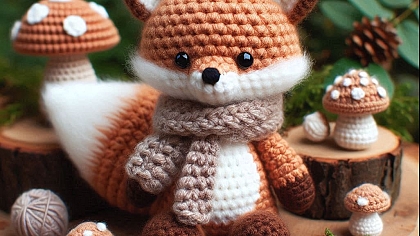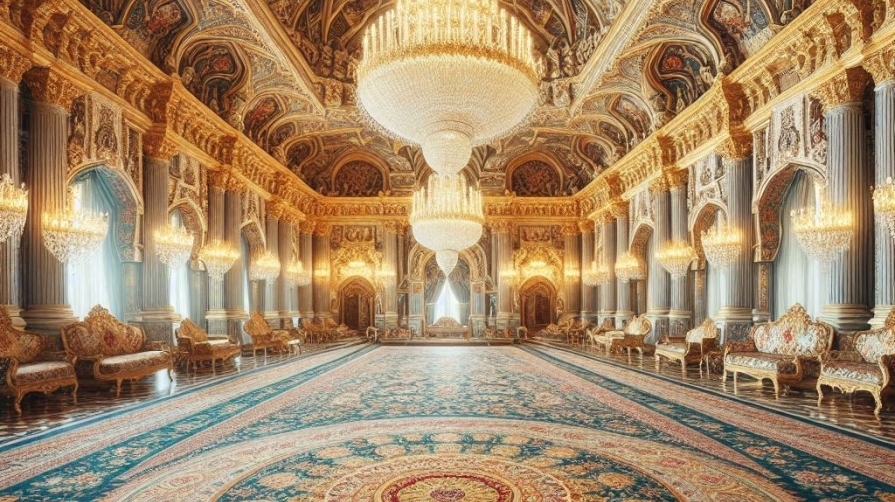
The Timeless Art of Ottoman Carpets: A Woven Legacy
The art of carpet weaving has long been one of the most revered and admired crafts in Ottoman culture. Rich in symbolism, intricate designs, and exceptional craftsmanship, Ottoman carpets were prized not only for their functional qualities but also for their artistic and cultural significance. From the royal courts of Istanbul to the humble homes of Anatolia, carpets played an essential role in Ottoman daily life, serving as both a decorative object and a symbol of wealth, power, and status.
We will explore the history, techniques, and enduring legacy of Ottoman carpets, shedding light on how this intricate art form came to define one of the world's most influential empires.
The Origins and Evolution of Ottoman Carpet Weaving

Carpet weaving in the Ottoman Empire has its roots in Central Asia, where the art form flourished among Turkic nomads. The earliest examples of carpet weaving can be traced back to the nomadic Turkic tribes, who wove carpets for warmth, protection, and decoration. As the Ottomans expanded their empire across vast territories, the art of carpet weaving evolved, incorporating diverse influences from Persia, Anatolia, and the Middle East.
By the 15th century, the Ottomans began to refine and formalize their carpet production, particularly in the cities of Bursa and Istanbul. These cities became central hubs for carpet weaving, where skilled artisans and weavers worked in specialized workshops. Under the patronage of the sultans and aristocracy, carpet weaving became an important art form that reflected the splendor and refinement of the empire.
Ottoman carpets were distinct in their design, materials, and techniques. Unlike Persian carpets, which often featured intricate floral patterns and medallions, Ottoman carpets embraced bold geometric shapes, stylized florals, and symbolic motifs. The variety of designs reflected the diverse cultural influences that shaped the empire, from Islamic geometric patterns to Byzantine and Persian motifs.
The Materials: Wool, Silk, and Cotton
The materials used in Ottoman carpets were of the highest quality. Carpets were woven from a range of fibers, including wool, silk, and cotton, depending on the desired quality and function. Wool was the most common material, prized for its durability and softness. Wool carpets were often made for everyday use and could be found in homes, mosques, and marketplaces.
Silk carpets, on the other hand, were the epitome of luxury and were typically produced for the elite classes or for use in the imperial court. These carpets were made using the finest quality silk, which was often sourced from the Bursa region, known for its silk production. The use of silk allowed for vibrant, rich colors and a finer texture, making these carpets highly sought after as symbols of wealth and status.
Cotton was used in the warp of the carpet, providing a sturdy foundation, while the wool or silk fibers formed the pile, which gave the carpet its luxurious texture and appearance. The weaving process was painstakingly labor-intensive, and it could take months, sometimes even years, to complete a single carpet.
Techniques of Ottoman Carpet Weaving

Ottoman carpets were traditionally handwoven using the asymmetric knot, also known as the Persian knot. This knotting technique allowed for intricate patterns and a dense pile that made the carpets both beautiful and durable. The knot was tied by hand around each individual warp thread, and the weaver would then cut the threads to create a soft, even surface.
Carpet weavers also employed a variety of techniques to create different textures and effects. For example, high and low pile weavings were used to add depth to the carpet’s design. In some cases, weavers used abrash, a technique where colors subtly shift within the carpet, creating a sense of movement or variation in the pattern.
Another notable technique in Ottoman carpets was the use of natural dyes. The Ottomans made extensive use of plant-based and mineral dyes, which gave the carpets their rich, vibrant colors. Indigo, madder root, pomegranate, and saffron were among the most commonly used natural dyes, each contributing to a distinctive color palette. The dyeing process was an intricate art in itself, requiring careful control of temperature and timing to achieve the desired shades.
The Design: Geometric, Floral, and Symbolic Motifs
Ottoman carpets were known for their bold, geometric patterns, which were often interspersed with stylized floral motifs. While Persian carpets often featured highly detailed, naturalistic floral designs, Ottoman carpets embraced a more abstract aesthetic, with repeating motifs such as stars, diamonds, and hexagons. These geometric patterns often symbolized the divine order of the universe, reflecting the Islamic emphasis on geometry and symmetry.
In addition to geometric designs, many Ottoman carpets incorporated floral elements, though these were often stylized rather than realistic. Tulips, roses, hyacinths, and lotuses were common motifs in Ottoman carpets, each symbolizing different virtues such as love, beauty, and spiritual enlightenment. The tulip, for example, became one of the most iconic symbols in Ottoman art, representing the sultan’s power and the empire’s prosperity.
Some carpets also included calligraphic inscriptions, featuring verses from the Quran or proverbs that were intended to convey spiritual and moral messages. These inscriptions were often framed by geometric borders or floral motifs, giving the carpet both visual and philosophical depth.
The design of Ottoman carpets was often influenced by the specific needs and tastes of the region where they were woven. In the Anatolian region, for example, carpets were often simpler and more abstract, with a focus on geometric shapes and stylized motifs. In contrast, carpets woven in Istanbul and Bursa often featured more intricate floral and medallion patterns, reflecting the cosmopolitan nature of these cities and their proximity to the imperial court.
Ottoman Carpets and the Imperial Court

The imperial court of the Ottoman sultans was a major patron of carpet weaving, and the demand for exquisite carpets was immense. The sultans commissioned carpets for their palaces, mosques, and religious institutions, and the best carpets were often sent as diplomatic gifts to foreign leaders. The Topkapi Palace, the seat of the Ottoman sultans, was a center of carpet production and a showcase of the empire’s finest examples of weaving.
Süleyman the Magnificent (reigned 1520–1566) was particularly known for his patronage of the arts, and during his reign, the Ottoman Empire saw an explosion of artistic and cultural production, including carpets. The sultan's court sought out the finest weavers and designers from across the empire, commissioning luxurious silk carpets adorned with intricate patterns and symbols of imperial power.
The demand for Ottoman carpets was not limited to the royal court. Carpets were also used to decorate mosques and religious institutions, where their intricate designs served as both functional and spiritual objects. Carpets in mosques were often placed on the floors for prayer, and their patterns were carefully chosen to create a sense of harmony and tranquility for worshippers.
Ottoman Carpets as Cultural Diplomacy
Ottoman carpets became important symbols of diplomacy, as they were often exchanged as gifts between the Ottoman Empire and foreign powers. The carpets gifted by the Ottomans were highly prized and sought after, representing the wealth and artistic excellence of the empire. The sultans used carpets as diplomatic tools to forge alliances, strengthen relationships, and showcase their empire’s status on the world stage.
The influence of Ottoman carpets extended far beyond the borders of the empire. They were highly regarded in Europe, particularly during the 16th and 17th centuries, when they became a symbol of luxury and sophistication. European courts sought after Ottoman carpets, and they were often displayed as status symbols in palaces and noble homes.
The Legacy of Ottoman Carpets

Today, Ottoman carpets are considered masterpieces of textile art and are highly collectible. Antique Ottoman carpets can be found in museums and private collections around the world, where they continue to be admired for their beauty, craftsmanship, and historical significance. Many modern carpet weavers still draw inspiration from the intricate designs and techniques of Ottoman carpets, ensuring that the legacy of this timeless art form endures.
In Turkey, the tradition of carpet weaving continues in regions such as Kayseri, Bursa, and Konya, where artisans produce carpets using traditional methods. While the designs have evolved over time, the influence of Ottoman aesthetics is still evident in the patterns and techniques used today.
Ottoman carpets are more than just decorative objects; they are a reflection of the empire's cultural and artistic richness. Through their intricate designs, exceptional craftsmanship, and symbolic meanings, Ottoman carpets tell the story of an empire that spanned continents, embraced diverse cultures, and fostered an unparalleled artistic tradition. As we continue to admire and study these remarkable textiles, we are reminded of the enduring legacy of the Ottoman Empire and its profound influence on the world of art and design.

